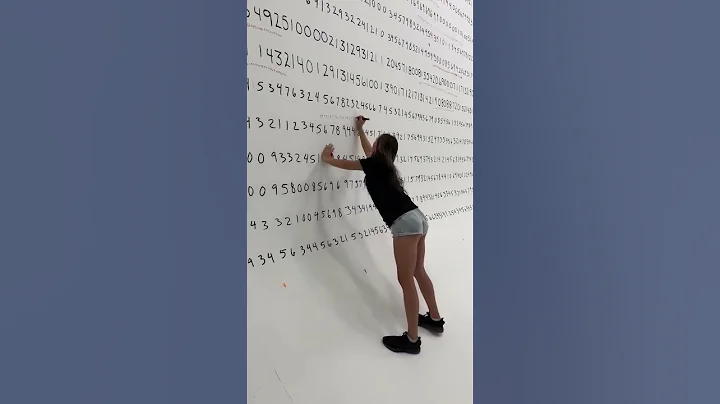
Shi Chuanxiang Memorial Hall
Shi Chuanxiang Memorial Hall is located at the north end of Yingbin Road in Qihe County, covering an area of 30 acres and a construction area of 1,600 square meters. In May 1999, it was approved by the General Office of the Central Committee of the Communist Party of China, and the groundbreaking ceremony was held on June 27, 1999. It was completed and officially opened on September 9, 2000. The building has an octagonal layout, which means all directions, symbolizing "I would rather one person be dirty than change." The spirit of Shi Chuanxiang is "Come to Wanjiajing"; it adopts the form of Shandong folk houses, with symmetrical hard hills and gray tiles and white walls, expressing Shi Chuanxiang's simple life; on all sides of the base, there are three-story dropped flower ponds, which mean the four seasons and December. It embodies Shi Chuanxiang’s courageous, upright, hard-working and selfless character. The name of the museum was inscribed by Li Ruihuan, member of the Standing Committee of the Political Bureau of the CPC Central Committee and chairman of the National Committee of the Chinese People's Political Consultative Conference. The memorial hall is divided into two floors. The first floor has a memorial hall, a video room, a reference room, and a reception room. The bust of Shi Chuanxiang is placed in the hall; the second floor is a circular exhibition hall. There are more than 380 pictures of Shi Chuanxiang's deeds on display and more than 100 real objects on display. The sculpture vividly depicts the demeanor of sanitation workers when they were working, which reminds people of the professional ethics advocated by Shi Chuanxiang as a model figure of the older generation, "I would rather make one person dirty in exchange for ten thousand people being clean". Shi Chuanxiang was born on September 20, 1915 in Dahu Village, Zhaoguan Town, Qihe County, Shandong Province. In 1930, he fled famine and worked as a manure collector in Beijing, China. After liberation, he became a master. In October 1949, he was elected as a member of the Feces Industry Workers Union in Qianmen District, Beijing; in 1954, he was elected as an advanced producer of feces removal workers in Qianmen District, Beijing; in 1956, he joined the Communist Party of China; in 1958, he was elected as Member of the Beijing Municipal People's Political Consultative Conference; elected as a National Model Worker in 1959, attended the National Meeting of Heroes, and was elected as a member of the presidium; elected as a deputy to the Third National People's Congress in 1964; persecuted to death by the "Gang of Four" on May 19, 1975; He was rehabilitated on June 30, 1978.

Shi Chuanxiang’s spirit
Shi Chuanxiang remembered a popular truth with a simple heart, that removing feces is also part of the cause of socialist construction. He regarded manure removal as a very glorious labor, and thus won widespread respect from people, also received many honors, and was received by Chairman Mao and other central leaders. Comrade Liu Shaoqi, the then president of the country, once said to Shi Chuanxiang, you are a servant of the people when you are a cleaner, and I am also a servant of the people when I am the chairman. This is just a different division of labor in the revolution, and they are all indispensable parts of the revolutionary cause. Since then, Shi Chuanxiang has become a well-known figure in Beijing and even the country. As this kind of professional ethics advocated by the older generation of heroes and models, in today's era of reform, opening up and socialist modernization, the "Shi Chuanxiang Spirit" is like a bright constellation, illuminating future generations and lasting forever in the annals of history. It is respected and pursued by all walks of life across the country. . Through the research and search of the "Shi Chuanxiang Memorial Hall", I felt deeply. Nowadays, with the progress and development of society, the public environment in cities and even rural areas has undergone earth-shaking changes. Mechanized and intelligent equipment have gradually replaced labor, and the labor intensity of workers on the sanitation front has been greatly reduced. They are still doing extraordinary things in ordinary positions. At present, many sanitation workers still fulfill their promise of "rather one person is dirty in exchange for thousands of homes being clean" with their hard-working, dedicated spirit and practical actions, so they enjoy the honorable title of "urban beautician".
Shi Chuanxiang Memorial Hall has now become a patriotic education base. Local primary and secondary schools will lead students to visit and commemorate this extraordinary labor hero every Tomb Sweeping Day and Labor Day. By visiting Shi Chuanxiang Memorial Hall, I deeply felt that hard work can temper people's will, labor can purify people's soul, and making outstanding contributions in different positions can also be praised by the people. Shi Chuanxiang's life is endless. Is this the portrayal?





















